Every day, your skin battles against pollution, stress, and toxins, which can lead to premature aging, breakouts, and a dull complexion.
Detoxing your skin is not just about superficial beauty; it’s about fostering a deeper, holistic health that radiates from within.
This post will explore through 8 effective ways to detox your skin naturally. In addition to detoxification for your skin these methods also enhance your overall health, demonstrating that beauty and well-being go hand in hand.
Busy? Save this pin for later.
1. Hydrate with Plenty of Water
Hydrating with plenty of water is a fundamental step in naturally detoxing your skin.
Drinking water not only flushes out toxins from your body but also helps maintain your skin’s elasticity and youthful glow.
Incorporating detox water, which is water infused with fresh fruits, vegetables, or herbs, can add an enjoyable twist to your hydration routine.
It’s simple to make at home; just chop your chosen ingredients and add them to water. If you’re aiming for a stronger flavor, let it infuse in the fridge for a few hours.
Drinking an adequate amount of water daily is crucial for keeping your skin hydrated. This practice helps in reducing the appearance of wrinkles and fine lines by maintaining the skin’s moisture balance and enhancing its overall health.
Hydration supports the stratum corneum, the outermost layer of the epidermis, which acts as a barrier against pollutants and toxins.
Keeping this layer hydrated prevents excessive water evaporation and keeps your skin supple and resilient.
Moreover, staying hydrated contributes to better digestive health and aids in regular bowel movements, reducing the chances of bloating and sluggishness associated with constipation.
It can also improve your mood and energy levels, making you feel more active and less fatigued.
Remember, even mild dehydration can impact your concentration and mood, so keeping up with your water intake is essential for both your physical and mental well-being.
To ensure you’re drinking enough, start by having a glass of water first thing in the morning and before each meal.
The general recommendation is to drink about eight glasses of water a day, but this can vary based on individual needs and lifestyle factors.
Listen to your body, and adjust your water intake accordingly to keep your skin and body properly hydrated.
2. Use Natural Skincare Products
Opting for natural skincare products is an essential step in your journey to detox your skin naturally.
These products are crafted with ingredients that are gentler on your skin, minimizing the risk of irritation and adverse effects often associated with synthetic additives.
By choosing items like face oils, serums, cleansers, and moisturizers that are rich in plant extracts and essential oils, you provide your skin with the nourishment it needs without exposing it to harmful chemicals.
Natural ingredients are not only better for your skin but also for the environment. Many natural skincare brands prioritize sustainability in their sourcing and production processes, including the use of organic farming techniques and eco-friendly packaging.
This approach helps in reducing the ecological footprint and supports your commitment to a healthier planet.
Moreover, natural skincare products are packed with vitamins and nutrients that are easily absorbed by your skin, enhancing its natural barrier.
These nutrients support the skin in retaining hydration, improving elasticity, and giving you that coveted healthy glow.
3. Eat a Balanced Diet
Eating a balanced diet is crucial for detoxing your skin and enhancing your overall health. It’s important to avoid junk or processed foods and those high in sugar, which can exacerbate skin problems by clogging your pores and increasing inflammation.
Instead, focus on incorporating a variety of fruits, vegetables, whole grains, good proteins, and healthy fats such as olive oil and avocado oil into your daily meals.
Including liver-cleansing foods daily can greatly benefit your skin’s health. Foods like seaweed, which is rich in vitamins and fiber, help protect and cleanse your gut.
Beets and collard greens are excellent for their detoxifying properties, with beets being high in betalains and collard greens offering a wealth of vitamins and anti-inflammatory benefits.
Cruciferous vegetables like broccoli and Brussels sprouts may not be everyone’s favorite due to their bitter taste, but they are packed with nutrients that support detoxification and overall skin health.
Broccoli is loaded with vitamins K and C, while Brussels sprouts are a good source of fiber and other essential nutrients.
To aid in the detox process, consider reducing your intake of dairy products and foods with a high glycemic load, which can disrupt your hormonal balance and lead to skin issues such as breakouts.
Instead, opt for low-sugar meals and whole grains like brown rice, which is not only filling but also packed with detoxifying nutrients.
Almonds and artichokes are also beneficial for skin detox. Almonds provide hydration and have anti-inflammatory properties thanks to their high vitamin E content. Artichokes help improve liver function, a crucial organ for detoxification.
4. Practice Stress Management Techniques
Practicing stress management techniques is essential in maintaining not only your mental health but also in preserving the health and appearance of your skin.
Stress can lead to increased levels of cortisol, which may cause various skin problems, including acne and rashes. Reducing stress can help keep your skin looking clear and healthy.
Engaging in activities like yoga and meditation can significantly aid in managing stress. Yoga combines physical postures, breathing exercises, and meditation to enhance your overall health.
It is known not only for its ability to improve physical strength and flexibility but also for reducing stress and anxiety.
Studies have shown that even short sessions of yoga, as little as 10 to 15 minutes a day, can help decrease stress and improve your mood.
Similarly, meditation is a powerful tool for calming the mind and reducing stress. It involves sitting quietly and paying attention to thoughts, sounds, the sensations of breathing, or parts of the body.
Mindfulness meditation, in particular, helps focus the mind on the present moment, which can be a significant stress reliever. Regular practice, even for brief periods daily, can enhance your ability to cope with stress.
Physical exercise is another effective method for managing stress. Activities like walking, running, swimming, or cycling stimulate the production of endorphins, the body’s natural painkillers and mood elevators.
Consistent physical activity is recommended to reduce stress and improve overall health.
Journaling is also a beneficial stress management technique. It allows you to clarify your thoughts and feelings, gaining valuable self-knowledge.
It’s a good practice to write down what you feel stressed about and then explore how you can manage those stressors.
This act can help reduce the feeling of stress and provide a new perspective on challenging situations.
5. Get Sufficient Sleep
Getting sufficient sleep is not just beneficial for your mental and physical health but also crucial for maintaining healthy skin.
When you sleep, your body enters a repair mode where it heals and rejuvenates itself, including your skin.
This process involves increased blood flow to the skin, which helps in rebuilding collagen and repairing damage from UV exposure, thus reducing wrinkles and age spots.
The ideal amount of sleep varies, but experts generally recommend at least seven to eight hours per night for adults.
Achieving this can help prevent the skin from aging prematurely and maintain a youthful glow.
Lack of sleep, on the other hand, can lead to a host of skin problems including a dull complexion, increased appearance of fine lines, and even breakouts due to increased stress and inflammation.
To enhance your sleep quality, consider establishing a relaxing bedtime routine. This could include activities such as taking a warm bath, reading a book, or practicing relaxation exercises like deep breathing or meditation.
Ensuring your sleeping environment is conducive to rest, with minimal noise and comfortable temperatures, can also make a significant difference.
Moreover, during sleep, your skin’s cellular renewal rate increases, which is crucial for a vibrant and healthy appearance.
This regeneration peaks during the deep sleep stages, typically between 11 PM and 4 AM. Therefore, not just the duration, but the quality of your sleep matters greatly.
Ensuring you get into deep sleep cycles is essential for your skin to effectively repair and regenerate.
If you find it challenging to get enough sleep, try to adjust your schedule gradually by going to bed earlier or managing your time better during the day.
Keeping electronic devices away from your bedtime routine can also help as the blue light emitted by screens can disrupt your natural sleep cycle.
6. Exfoliate Regularly
Exfoliating regularly is a vital part of maintaining a healthy and vibrant complexion. It helps moisturize dry skin, promotes new cell growth, and offers a clear, glowing look by unclogging pores.
This is especially beneficial for those with acne-prone skin, as it allows other skincare products to penetrate more effectively.
While exfoliation is often focused on the face, your entire body can benefit from this practice, from your lips to your arms and even your feet.
However, it’s important to not over-exfoliate, as doing so can lead to redness, sensitivity, and irritation.
Starting with a gentle routine once per week is advised, with the possibility to increase the frequency based on your skin’s response and age.
As you age, skin cell regeneration slows down, and older adults might find more frequent exfoliation beneficial to reduce the effects of aging and promote cell regeneration.
Your skin battles daily against environmental damage and accumulates impurities from makeup, pollutants, and dead skin cells.
Exfoliating helps remove these impurities, enhancing your skin’s ability to breathe, hydrate, and absorb nutrients. This not only detoxes the skin but also brightens and soothes it, giving it a youthful glow.
There are two main types of exfoliation: mechanical and chemical. Mechanical exfoliation involves physically scrubbing the skin with sponges, brushes, or scrubs to remove dead skin cells.
On the other hand, chemical exfoliation uses substances like alpha-hydroxy acids (AHAs) or beta-hydroxy acids (BHAs) to dissolve dead skin cells without scrubbing.
While both methods are effective, chemical exfoliants are generally considered gentler and more suitable for sensitive skin.
When exfoliating, it’s crucial to consider your skin type to determine the best method and frequency. For most people, exfoliating two to three times a week is sufficient.
However, if you have dry or sensitive skin, limiting this to once a week may be advisable to avoid irritation. Always listen to your skin and adjust your exfoliation routine as needed to maintain its health and radiance.
7. Avoid Excessive Alcohol and Smoking
Avoiding excessive alcohol and smoking is key to maintaining not only your overall health but also the health and appearance of your skin.
Both alcohol and cigarettes have profound effects on the skin, leading to premature aging, wrinkles, and a dull, lackluster complexion.
When you consume alcohol, it can dehydrate your body and skin, diminish the production of collagen, and impair your skin’s ability to heal.
Similarly, smoking restricts blood flow to the skin, depriving it of essential nutrients and oxygen, which accelerates aging and can increase the severity of wrinkles and skin discoloration.
Quitting smoking and reducing alcohol intake can significantly improve your skin’s health. Within days of stopping smoking, your skin will begin to receive more oxygen and nutrients, leading to increased cell turnover and improved skin elasticity.
This can help reduce the appearance of wrinkles and give your skin a healthier, more vibrant glow.
Likewise, reducing alcohol consumption can help your skin better retain moisture and repair itself more effectively, leading to a noticeable improvement in skin texture and tone.
It’s also important to recognize that alcohol and nicotine can exacerbate skin conditions such as psoriasis and acne.
8. Implement Facial Massage
Implementing facial massage into your skincare routine offers a multitude of benefits, enhancing both the appearance and health of your skin.
By gently massaging your face, you can reduce the appearance of fine lines and wrinkles, relax muscle tension, and stimulate blood circulation and lymph flow.
This not only helps in eliminating toxins but also lifts and tones the facial muscles, giving your skin an instant glow.
To start, ensure your hands and face are clean. Washing your hands thoroughly and using a gentle cleanser on your face removes any makeup and impurities, setting the perfect base for your massage.
Opt for a high-quality facial oil that complements your skin type. It’s crucial to choose products that are free from synthetic ingredients that could clog your pores.
Preparation of your skin is key. Using a hydrating toner can refresh and moisten your skin, making the massage more effective.
Apply a blend of nourishing oils to your face, neck, and décolleté. Warm the oil in your hands and apply it using gentle tapping or pressing motions, which helps the product penetrate deeper into your skin.
Begin the massage with upward motions along your neck, moving towards your lymph nodes, then proceed to your jawline and cheeks using large lifting circles.
This technique not only promotes lymphatic drainage but also helps in sculpting the contours of your face.
For areas like the nasolabial folds and crow’s feet, use small circular or zig-zag motions to smooth lines and relieve tension.
The entire process should be soothing and tailored to what feels good for your skin. Pay special attention to areas that hold more tension, like the forehead and temples.
Ending the massage with gentle strokes down the neck helps in draining any accumulated lymphatic fluid, leaving your skin refreshed and vibrant.
Conclusion
Embedded within the holistic realm of skin care, the journey toward achieving a naturally detoxified complexion is both enriching and enlightening.
These techniques synergize to enhance detoxification, reflecting our skin’s innate resilience and vibrancy.
By fostering a deeper connection with our body’s natural rhythms and needs, we pave the way toward a more radiant, youthful complexion that is as healthy as it is beautiful.
Through deliberate, mindful engagement with these eight strategies, individuals are empowered to cultivate an environment where skin detoxification and rejuvenation flourish.


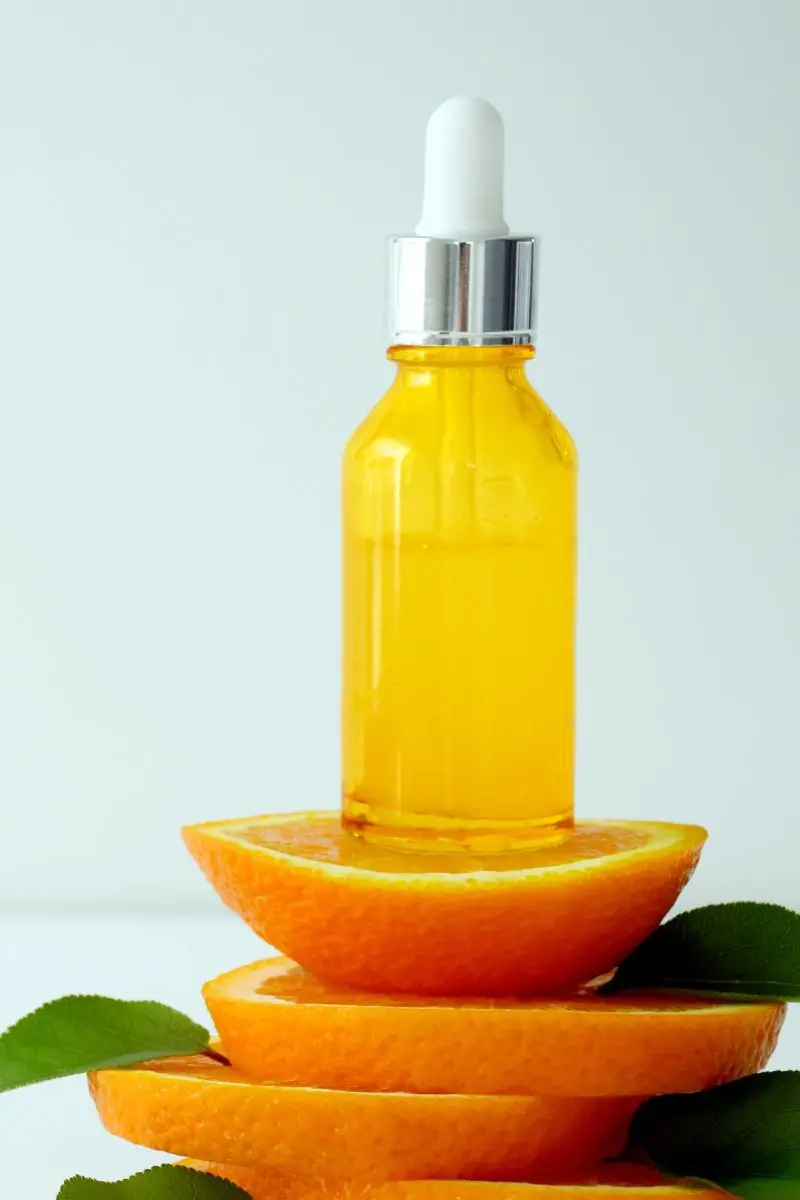


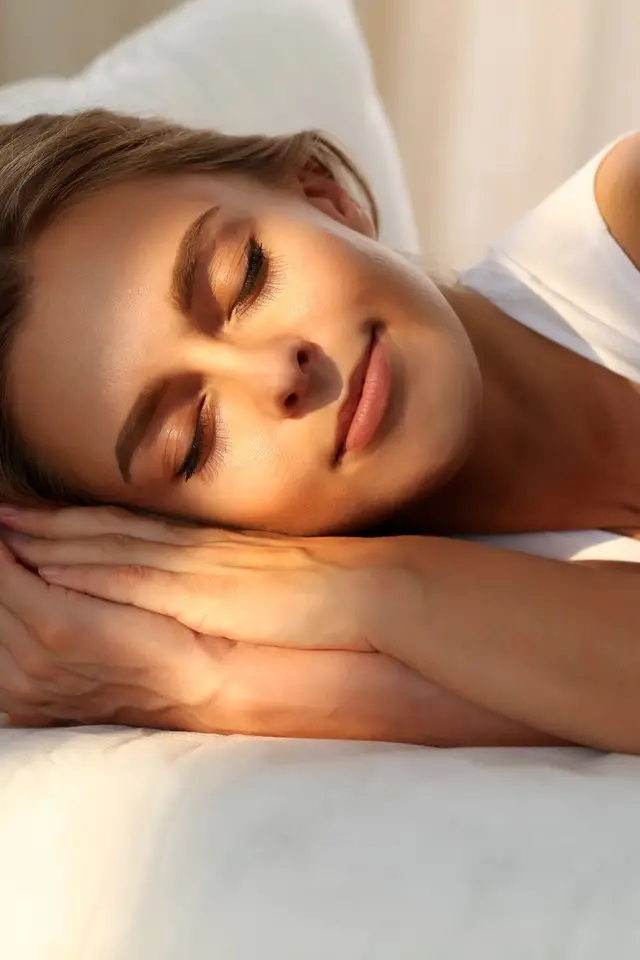
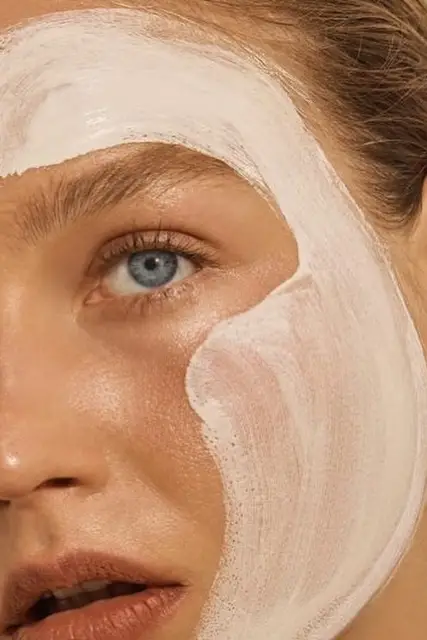
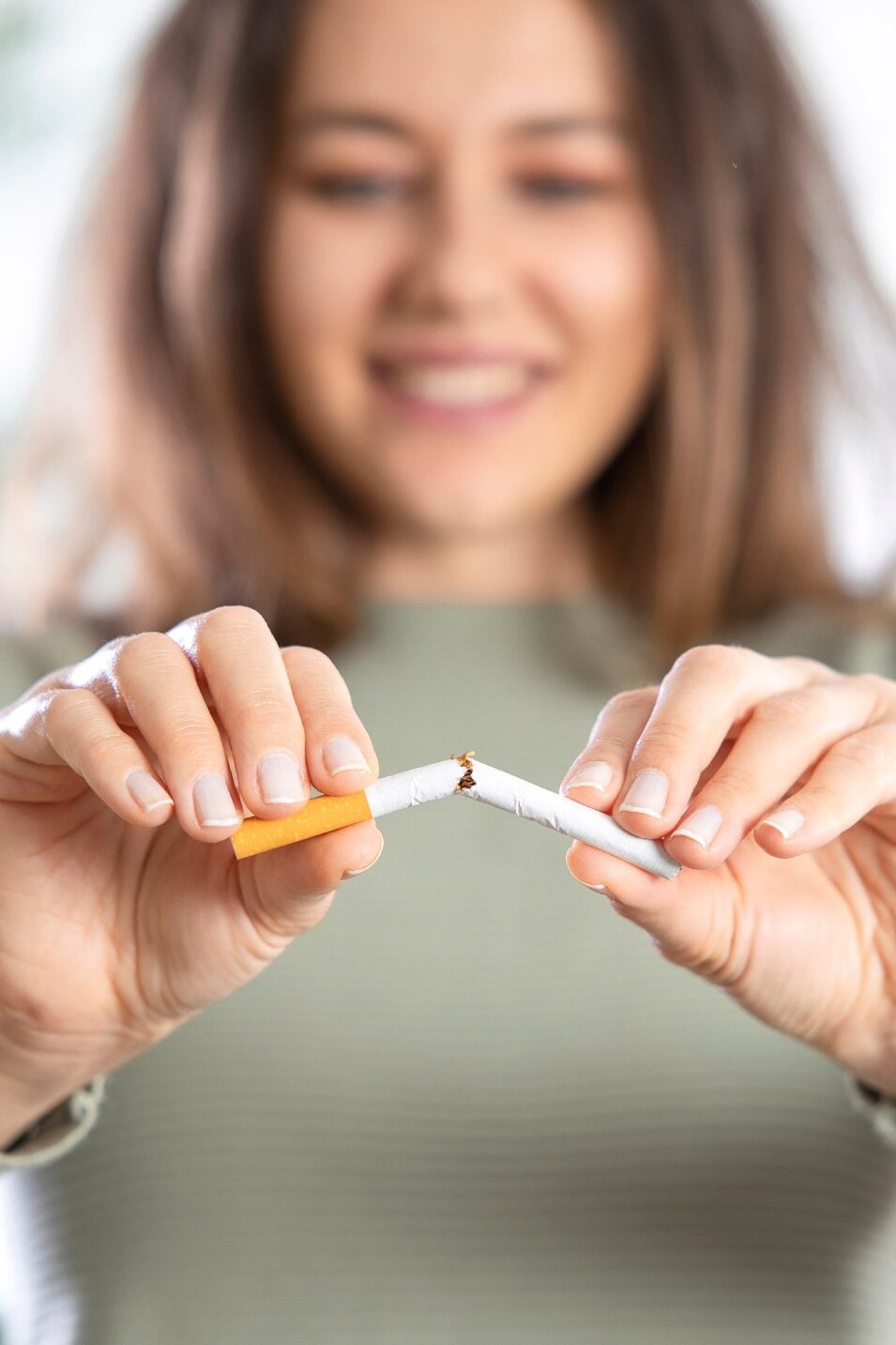
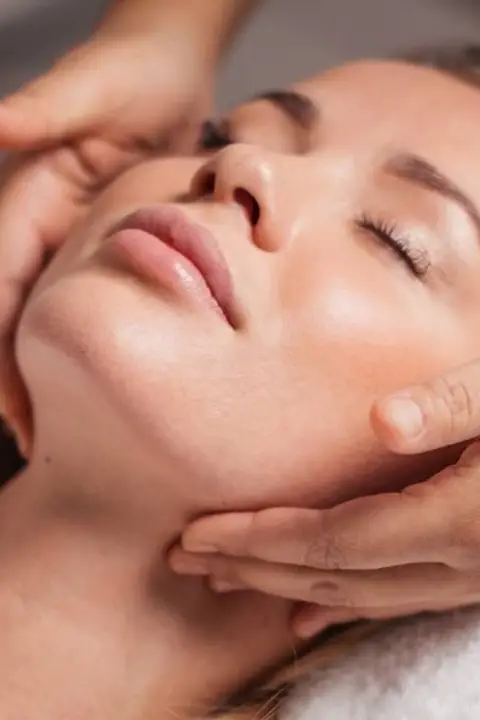



Leave a Reply
You must be logged in to post a comment.